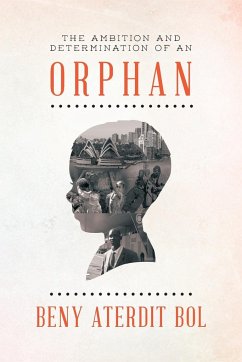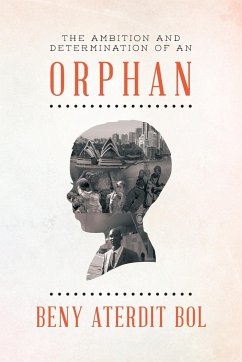Vaulting Ambition is the life story of Robin, an 86 year old retired Uniting Church minister and the father of six children. He served in a variety of places and different environments in Australia. He explains why he wrote Vaulting Ambition in his preface to the book. The period from the mid-1930s to the mid- 2020s has seen many changes. Robin has been a keen observer of the culture of the communities in which he has lived and worked and experimented with ways of caring for them. The marginalisation of the church is a particular concern. This makes Vaulting Ambition a companion piece to his book, Who Cares? that sets out ways of dealing with this issue. "I want to recount my life in terms of the 'vaulting ambitions' that I have embraced, the social needs that prompted my engagement, th'other that prevailed at the end and the promise of ultimate success that fostered further ambition. I want it to reveal family traits that help my descendants understand themselves better, to recall aspects of everyday life that might help furnish social history with the bric-a-brac of everyday life and stimulate the 'vaulting ambitions' of future generations." Robin Trebilcock.
Hinweis: Dieser Artikel kann nur an eine deutsche Lieferadresse ausgeliefert werden.
Hinweis: Dieser Artikel kann nur an eine deutsche Lieferadresse ausgeliefert werden.








